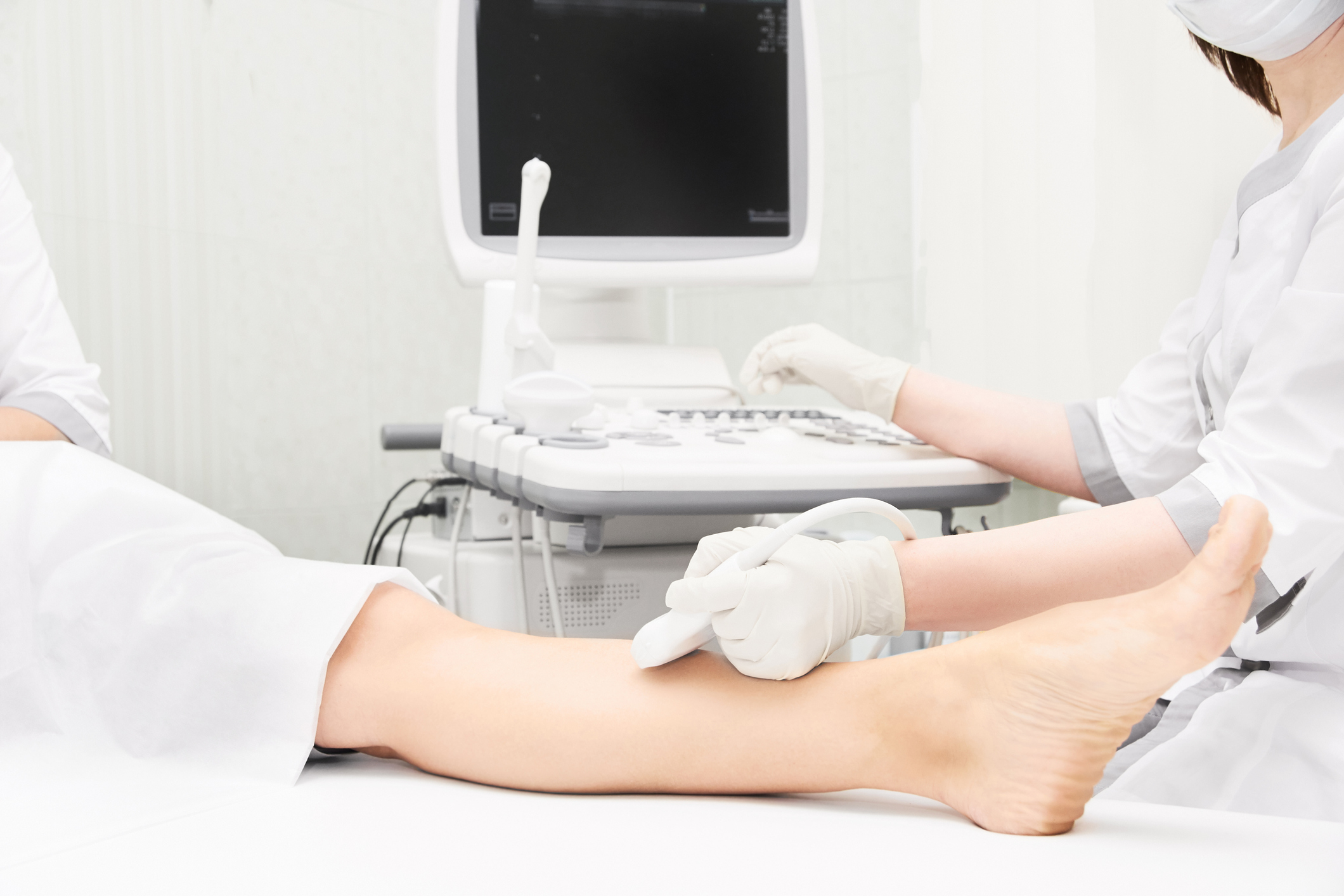The body's circulation system is responsible for sending blood, oxygen, and nutrients throughout the body. So, when blood flow to a specific part is reduced, you may experience what is known as poor circulation. Essentially, there is not enough blood flow to a certain area of the body.
Some of the effects of poor circulation may be tingling, numbness, a throbbing pain in your limbs, muscle cramps or a nonhealing wound.
The most common disease processes treated by a board-certified vascular surgeon will be circulatory problems (peripheral artery disease or PAD), stroke prevention (carotid artery disease), abdominal aortic aneurysms, and varicose veins. Poor circulation isn’t a condition in itself as it exists as part of a larger systemic problem called atherosclerosis (hardening of the arteries.).. Below are some prominent factors that are related to poor circulation:
Peripheral Artery Disease (PAD)
PAD develops much the same way that heart disease and strokes develop —plaque accumulates on the inside of the artery (atherosclerosis) thereby blocking the way for blood to get to its destination.
If one thinks about the circulatory system (arteries in the body) as a set of railroad tracks designed to deliver blood to the body, whereby the red blood cells are the railroad cars, the oxygen and nutrients are the cargo and the heart is the energy that pushes the railroad cars, the analogy makes understanding PAD simpler. If the railroad tracks are blocked (PAD) the cargo (oxygen and nutrients) cannot get to their location.
Alternatively, if the pump is not strong enough (heart failure), the train cannot make it to its station! And, if there is not enough “cargo” (anemia), there is not enough goods to deliver to the intended location!
Patients typically report this as a pain in their legs when they walk. It can also manifest — in more extreme forms — as a non-healing wound on the legs or feet. It is frequently described as a “Charley horse” that occurs when one walks or exercises.
PAD can be detected through various techniques, like the ones we use at our Noninvasive Vascular Laboratory. Palpation of pulses by a skilled examiner in the legs at eight locations (groin, knee, ankle and feet in both legs) can lead to a diagnosis without the use of other tests. We often use a simple blood pressure cuff on the legs to determine the degree of narrowing.
A more sophisticated is an ultrasound examination of the arteries in the leg to determine the location and degree of the blockages. Perhaps the least invasive — and most important — method is a good patient history and physical examination by the skilled physician.
Blood Clots
Clots can occur in the legs, arms, veins of the internal organs (kidney, spleen, intestines, liver, pelvic organs), among other parts of the body, and block the flow of blood partially or entirely. There are several types of clots:
Deep Vein Thrombosis
Deep vein thrombosis (DVT) is a blood clot occurring in a deep vein in the extremities (arms or legs.) While deep vein thrombosis itself is not life-threatening, the blood clot has the potential to break free and travel through the bloodstream, and this can be a life-threatening condition called a pulmonary embolus.
Superficial Venous Thrombosis or Phlebitis
Superficial venous thrombosis or phlebitis is a blood clot and inflammation that develops in a vein close to the surface of the skin. These types of blood clots do not usually travel to the lungs but they usually do cause pain.
Chronic Venous Insufficiency (CVI)
Chronic venous insufficiency is characterized by pooling of blood, chronic leg swelling, increased pressure, increased pigmentation or discoloration of the skin, and leg ulcers known as venous stasis ulcer.
Varicose and Spider Veins
Varicose and spider veins are abnormal, dilated blood vessels caused by a weakening in the blood vessel wall.
Ulcers
Ulcers are caused by problems in the arteries or veins. When they occur due to artery problems, it is a result of inadequate blood supply to an area. When the cause is poor vein circulation, it is the inability to pump the blood out of the legs efficiently that leads to skin breakdown and ulcer formation. They require very different approaches to heal the wounds—a specialty of the vascular surgeon.
Diabetes
You may think diabetes only affects your blood sugar, but it can also cause poor circulation in your body. When blood sugar levels are poorly controlled and higher than normal for extended periods, plaque buildup in the arteries leads to narrowing of the artery (atherosclerosis) causing a host of vascular problems.
Obesity
Obesity affects over 650 million adults and can contribute to blocked or weakened valves in leg veins, which causes poor circulation. The good news is that even modest weight loss can improve or prevent the health problems associated with obesity.
Since poor circulation is symptomatic of numerous conditions, diagnosing the condition will help us diagnose the symptoms. It’s important to first disclose any known family history of poor circulation and any related diseases. This can help us better assess your risk factors, as well as determine which diagnostic tests are most appropriate.
Treatment for poor circulation depends on the condition causing it. Some of the methods used are compression stockings, exercise programs, medicine, and laser surgeries on your veins.
If you are feeling any of the symptoms mentioned in this blog post, please reach out to us and schedule an appointment. We are here to help you and help make your life better.








.jpg?width=944&name=Castle-Connolly-Top-Doctors-Emblem-Large%20(4).jpg)